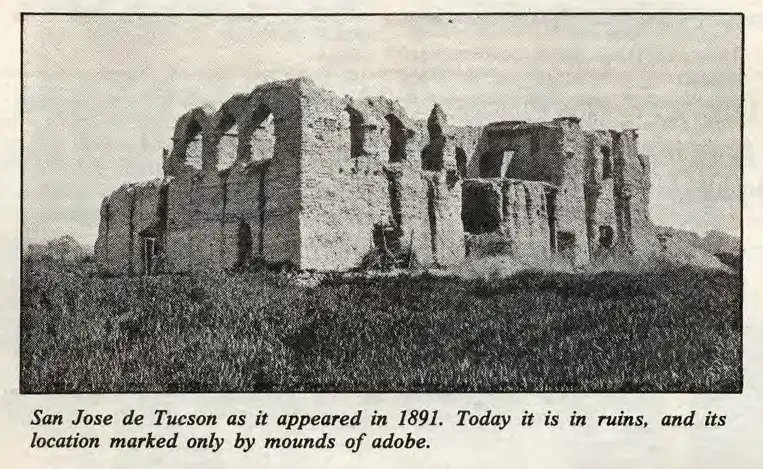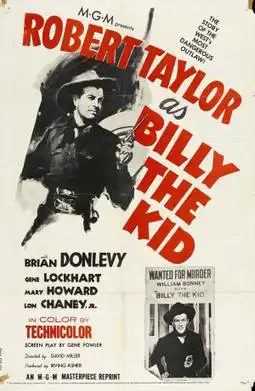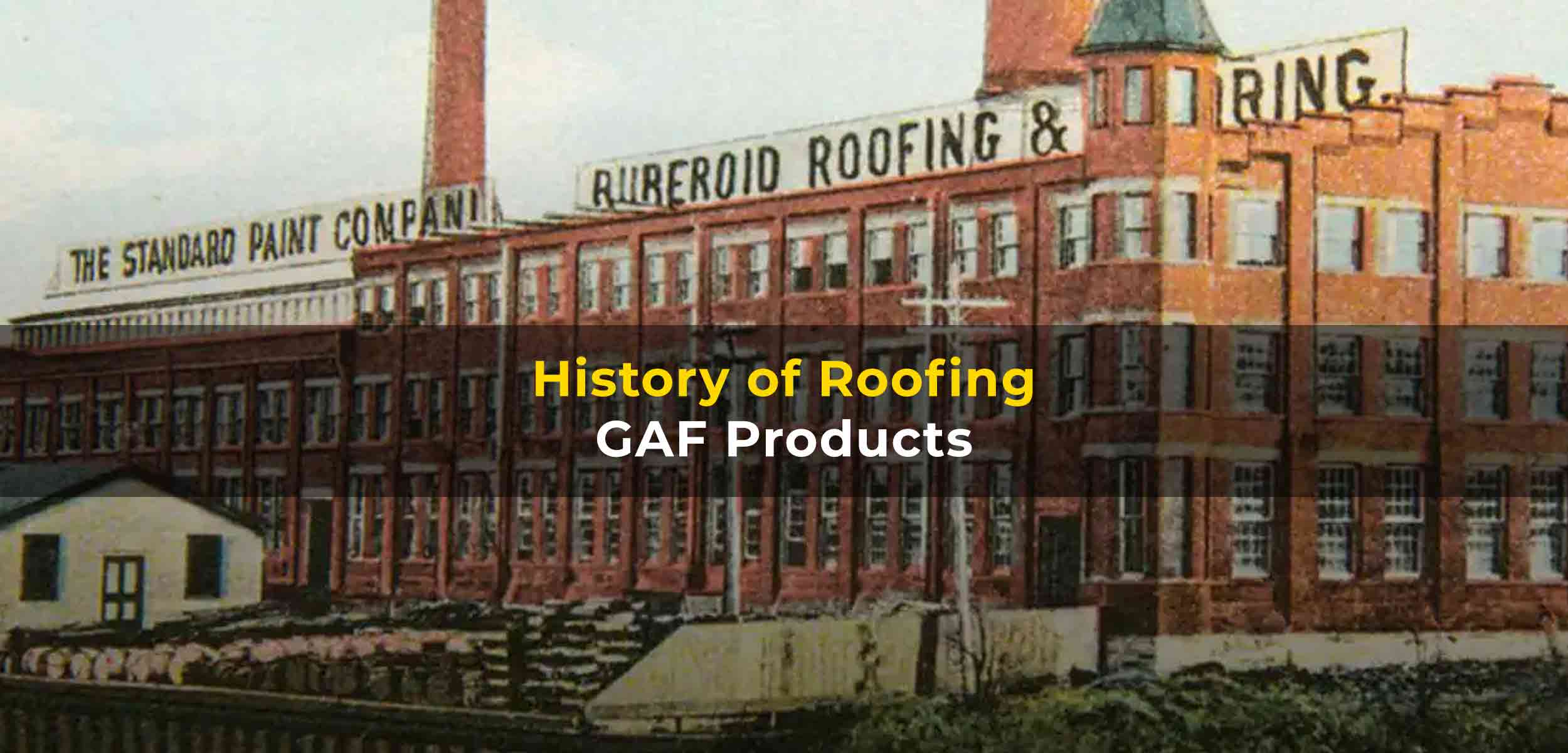Breadcrumbs
These links will help you get back to where you want to go faster.
Brief History of Tucson Arizona
The name Tucson comes in Spanish from O’odham Tu-Uk-So-On
Meaning “Black Base”, a reference to the mostly volcanic mountains on the city’s west side.
Tucson is the main city in Arizona’s Sun Corridor, the largest city in southern Arizona and the second largest city in the state after Phoenix. Tucson is Arizona’s second most populous city after Phoenix, both located along Arizona’s sunny corridor.
While Arizona and Tucson continued to be part of the New Mexico Territory until 1863, the Arizona Territory was formally created earlier that year. Tucson was in territory that was acquired by Mexico from the United States after the Gadsden Purchase (1854), and the city served as the territorial capital of Arizona from 1867 to 1877. During this time, Tucson was Arizona’s largest city and commercial center, and Phoenix was the seat of state government and agriculture.

People have lived in the Tucson area for over 4,000 years, making it one of the oldest continuously inhabited places in the United States. While Tucson is now a thriving and vibrant city that is home to impressive shopping malls and entertainment venues, the land now called Tucson dates back many years.

5,000 – 500 B.C.
Paleo-Indians were known to live in southern Arizona. We have plenty of awesome History and archeological evidence of the Hohokam in Tucson.

1691 A.D.
Mission San Jose de Tucson and San Cayetano de Tumacácori were part of the global Spanish mission system of colonization. The mission field was used for revenue generation, agricultural production and the preaching of Jesus Christ
1880 A.D.
The Southern Pacific Railroad had a huge economic boom to Tucson as it brought in the new era of fast, cheap transportation. It was a transcontinental rail line that ran eastward from California. There were about 7,000 residents at this time making Tucson the largest territory community.


1880 – 1906 A.D.
Homesteaders first arrived in Tucson under the provisions of the federal Homestead Act of 1862. The land has been developed into Sam Hughes neighborhood, known as one of Tucson’s best-known and most desirable residential areas.
The University of Arizona was established and housed the School of Agriculture with classrooms, labs and eating hall.
Wheeler Ranch / Rancho Santa Catalina: James W. Wheeler, real estate developer from Seattle WA., purchases 120-acres east of Tent City. The Wheeler family built two large tents and lived off the land. You could say they were famous Homesteaders in Tucson. This land would develop into the buildings you see today as the Potter School and Casa Seton.
1916 A.D.
Pioneer Charles De Baud purchased the property that is now called the Southern Arizona School and Double U Guest Ranch where “Arizona” and “Billy the Kid” were filmed. In fact, there were lots of movies filmed in Tucson due to its impressive desert landscape.



1920 – 1930 A.D.
El Encanto Estates, Inc. and University Manor sub-division housing bring in more residents. Tucson was outpaced by Phoenix due to greater water supplies and agriculture. Businesses established the Sunshine Climate Club to bring in health consciousness tourists.
1951 A.D.
The Hughes plant (now called Raytheon), employed over 130,000 residents. This brought wage increase, tourist attractions, etc.
1965 – 1970 A.D.
Tucson’s controversial relocation plan brings life to downtown. The Tucson City Council approved a 79-acre urban renewal project that relocated hundreds of families and small businesses. The project was completed after several government and retail buildings were moved (Tucson Convention Center and La Placita). This brought tourists and new residents into the city.

Present Day
According to the 2020 U.S. Census, it is Arizona’s second-largest city with a population of 542,629, while the entire Tucson Metropolitan Statistical Area (MSA) has a population of 1,043,433. TUSD ranks second among school districts in Arizona, behind the Mesa Unified School District in the Phoenix metropolitan area.
Tucson Is Home To:
- 33rd Largest City in the United States
- 233 Elementary Schools
- 158 High Schools with Varying Degrees of Excellence
- Over 1-Million People are Living in Pima County
Throughout history, Tucson has been an important route and intersection, agricultural center, and communications hub. As one of the oldest continuously inhabited areas in North America, Tucson is a city that has always been a popular destination in Arizona.





